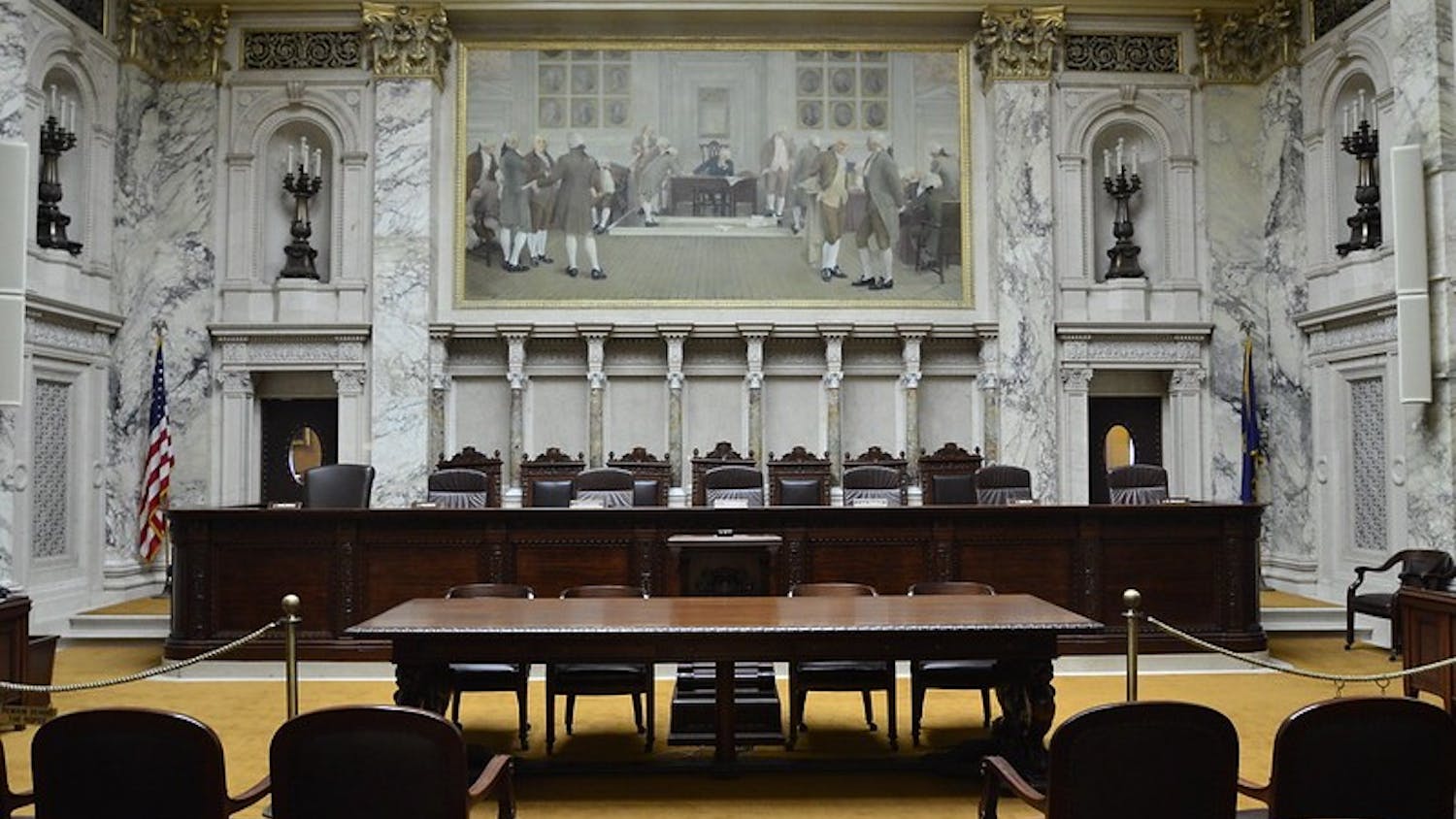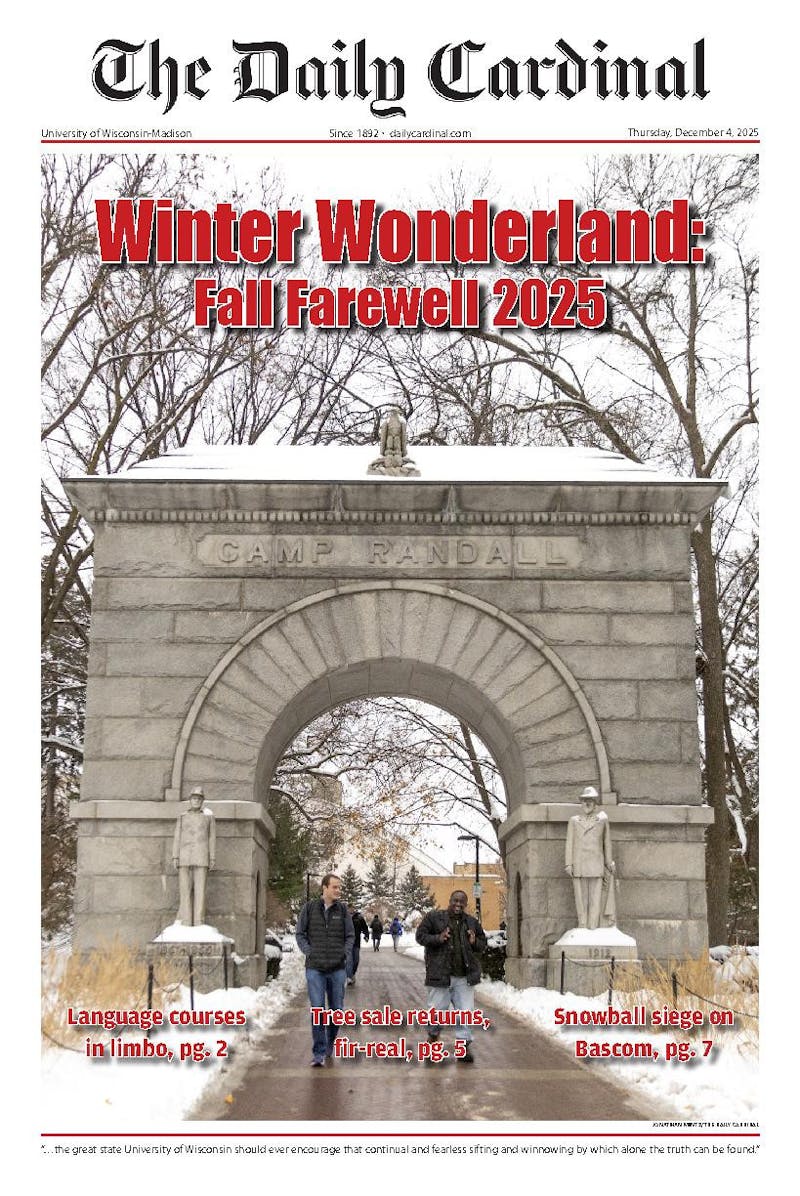Last Thursday, the Obama administration formally challenged a court order by U.S. District Judge Royce Lamberth to suspend the federal funding of stem-cell research. Lamberth's injunction, issued on Aug. 23, blocked President Obama's push for public endowment on the basis that such funding violates the Dickey-Wicker Amendment. The amendment was a ""rider"" to a 1995 bill, meaning that it would never have passed as its own legislation, and thus was added onto a distantly related proposal. Dickey-Wicker specifically bars public funding for the creation and endangerment of embryonic cells for research purposes.
Lamberth's injunction shocked the national research community, which was expecting $54 million of renewed funding; just the tip of a $546 million iceberg that the National Institutes of Health have invested since 2001 in ongoing projects.
UW-Madison, one of the foremost leaders in stem cell research and the site of the first ever isolation of embryonic cells, stands to receive $7.2 million in 2010. Because of the sensitivity of stem- cell research, such interruptions can be devastating to progress. The Obama administration's challenge has provided much-needed financial relief, but until a final court ruling is made, the future of stem-cell research remains in limbo.
The consequences of political uncertainty threaten the university, the state and the nation on a number of different levels. UW-Madison employs 22 researchers with a supporting cast of over 150 lab employees and graduate students. The Stem Cell and Regenerative Medicine Center has done an incredible job of competing and innovating on the national level despite a far smaller endowment of private donations in comparison to the elites of the east and west coasts.
But because UW-Madison relies so heavily on public funding, any restrictions of such support greatly damage its ability to make progress in research, and to keep the world's brightest minds in Madison. At the state level, consistent funding of advanced scientific research attracts workers and stimulates the economy, making the decision to provide a constant stream of funds all the more important for the sake of continual research on campus.
However, although the issue may be important to the University and state, its greatest economic implications are on our research progress as a nation. The United States faces stiff competition from Europe and Asia in medical research, and when politics strangles our financial support system, scientists take their research elsewhere.
Of course, to focus only on the economic aspects of public funding for stem cell research is avoiding the elephant in the room, and quite a big one at that. The cultivation and isolation of stem cells has become one of the most heated moral issues of the last few decades and raises the question: when does life truly begin? To delve into the positions of either side would only serve to oversimplify what for many is a very complicated and personal issue. Far less subject to personal belief, however, is the role of public funding for such research.
Researchers desperately need consistent financial support in order to continue their work. Stem-cell research is an extremely complicated and time-sensitive field, and because projects often require long-term development, interruptions in funding can ruin progress. Furthermore, disruption of funding endangers research in its final stage, wasting an enormous amount of time, effort and previously invested tax dollars.
Finances and investment aside, there are countless people suffering from disability, disease and paralysis that may find medical relief in stem cells. To extend their suffering with political disagreement is a crime. Researchers in both embryonic and adult stem cells are making progress that may lead to the advancement of crucial medical technology for the future, and one must look no further than our own campus for examples.
Tim Kamp, one of UW-Madison's most acclaimed stem cell researchers, created working heart muscles in 2009. Just this summer, Su-Chun Zhang and a team of Wisconsin scientists discovered the role of a specific gene as a master regulator of brain development, which may aid to the understanding of how cells are directed to act and why human brains are more advanced than those of other animals. Research is also taking place on cancer, blood stem and neural cells, all of which may aid the treatment of disease in the future.
Is this the type of advancement we want to uphold with legal battles? Could anything be more important and worthy of federal funding? The possibilities for stem cells in medicine are limitless. Regeneration, cell creation, nanotechnology, spinal cord injury, cancer and Lou Gehrig's disease are just a few examples of what future research may be able to explain, help treat or even cure.
Unfortunately, this temporary relief of funding is hardly reassuring, and more permanent solutions must be made. The Dickey-Wicker Amendment has led to confusion over the role of the federal government in funding stem cell research. Congress desperately needs to clarify the meaning of the amendment and consider repealing it to ensure a consistent stream of financial support that is free from the constraints of an ever-changing political landscape. UW-Madison, the state of Wisconsin and the advancement of medicine throughout the country depends upon it.
Miles Kellerman is a sophomore with an undeclared major. Please send all feedback to opinion@dailycardinal.com.






